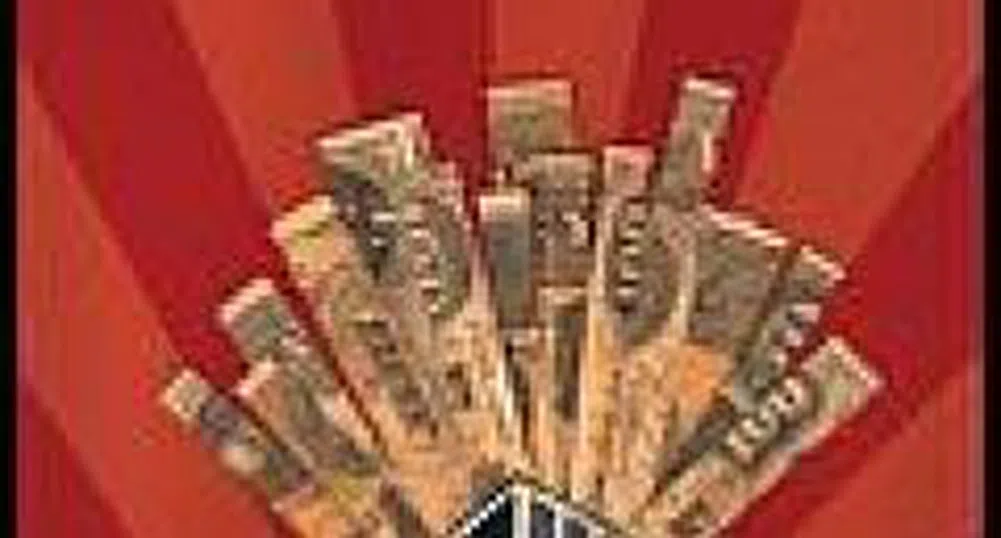High Rental Returns In Sofia at 10.5%

Bulgaria’s transition from communism only began in earnest in 2001-2005 when Simeon II became prime minister. Simeon’s government pushed market reforms. The economy grew remarkably, with unemployment falling to just 14.3% in 2003 from a high of 20% - a big change from the previous stagnation. Inflation was reduced to 2.3% in 2003, down from 8.2% in 2000.
The 2005 election led ultimately to a coalition government with the majority Socialist Party providing the new prime minister (Sergei Stanishev) in alliance with the liberal Movement for Simeon II (NMS) and the ethnic Turkish Movement for Rights and Freedoms (MRF).
The EU’s tough list of requirements for accession in January 2007 kept reform on track. In Sofia, rental returns are good, at 10.5%.
Buying prices are still low, at €1,042 per square metre, capital gains tax is zero, and rental income taxes are in the middle range, shows Global Property report. But transaction costs are very high, at 24.8 to 26.6%, to which must be added the costs of forming a company, since foreigners cannot yet buy property directly.
Slovakia is still Eastern Europe’s most attractive investment destination, despite the election in June 2006 of a coalition government allying extreme right-wing nationalists and populist socialists, reflecting a ‘protest’ vote by those left out of Slovakia’s economic growth. The government’s gut instincts are to undo the reformist good work of the past eight years. It has also been stirring up nationalist feelings against the Hungarian minority.
Slovakia’s GDP growth reached a stunning 8.7% in 2006, following 5% for 2005, and 5.5% for 2004. Unemployment is down to 9.4%, from 16.5% at the beginning of 2004. This is the kind of growth which pushes up house prices.
Other conditions are good. The law is neutral between landlord and tenant. Round-trip buying costs are very low, at 2% to 5.5%. Rental income tax is low, and capital gains tax does not apply on real estate held for more than five years. In addition, the Krone has been appreciating rapidly – another source of capital gains for buyers.
Central Bratislava’s yields are high. Based on published buying and rental offers, the Global Property Guide estimates 9.47% gross yields on 75 sq. m. and 10.06% yields on 120 sq. m. apartments in prestige central Bratislava areas. Lower yields are available for brand new houses in exclusive suburbs, at around 8%-9.2%.
Turkey’s house prices have risen sharply over the last few years, though in the absence of statistics it is difficult to say by how much. A significant boost was given to the market by Law No 5444, adopted in December 2005, which makes foreign real estate purchases much smoother than before. Last year, real estate purchases by foreign investors exceeded US$2.5 million, having doubled in the past two years, and increased five times in four years.
The domestic market is extremely vibrant. Domestic housing loans have risen from 2% of GDP two years ago, to 14.4% of GDP by end-December 2006.
Properties in central Istanbul offer gross rental returns (yields) of 6%-7.6%, while yields in coastal areas can be higher (but are predominantly seasonal). Turkish laws are mildly pro-tenant; transaction costs are in the mid-range. Capital Gains Tax does not apply to property held more than four years. Income tax is around 15% on the first €1,500 per month, though higher on higher incomes.
Real estate in Moldova is inexpensive, at €917 per square metre for central Chisinau apartments, though that price has almost doubled in the past two years.
However Moldova is very vulnerable. In 2006 Russia temporarily banned imports of meat, wine and crops, and doubled energy prices, halving Moldova’s rate of economic growth. The country is the second poorest in Europe, after Albania, and has heavy (though declining) debt. Recently the pace of reform has slackened, with press censorship worsening. Moldova’s Transnistrian separatist issue is still unresolved.
)
&format=webp)
&format=webp)
&format=webp)
&format=webp)
&format=webp)
&format=webp)
&format=webp)